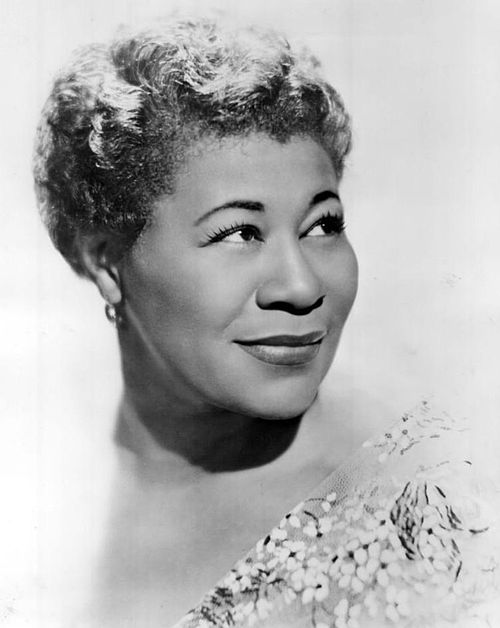DECEMBER 10 , 2021 – I’m no different from anyone else. Exposed to “nonsense” on my smartphone screen, I react with, “How can that be?!” To recover my equilibrium, I do the smart thing: I put the dumb phone aside and follow more constructive pursuits. For example, I’ll watch a Netfix documentary about Ella Fitzgerald.
I’d always liked her music, but I hadn’t known much about her life or development as a musician. In short order, I was captivated by her genius.
In a single package one finds the antidote to “nonsense.” In the original music of Ella Fitzgerald, all that’s wonderful about the human soul and psyche bursts forth to fill the listener’s heart. Overcoming despair and homelessness, she vaulted to the heavens, proving that despite our foibles and frailties, humanity’s capable of some amazing stuff.
As a young kid, she was part of the Great Migration north out of the Jim Crow South. Sadly, when Ella was barely a teenager, her beloved mother died, leaving Ella rudderless—and eventually in an inhospitable reform school. She escaped and led a homeless life before eventually finding her way—dirty dress and all—onto the stage of Harlem’s Apollo Club for “young talent night.” She’d wanted to dance, but when she saw her competition, she realized she’d be dancing herself back onto the street. Instead, she sang, and the rest is history, and more specifically, her story.
I must admit that if I enjoyed listening to her music, I’d never studied it in any depth. As the documentary revealed, however, Ella Fitzgerald’s music had so many complex layers to it, that by the end of the “show,” I’d become a huge fan. One amazing thing about her talent was her improvisational skill within scat and be-bop, and how, like a musical version of stream of consciousness in Ulysses, she could incorporate—on the fly, as she did in a wild burst on the stage in Berlin in 1960—references to over 40 other song forms across a broad spectrum of musical forms, all within the same harmonic chord structure of the scat with which she’d launched. On top of it all was a mellifluent voice, capable of melting ears—and hearts.
As the famous violinist Itzhak Perlman would say, “You can’t teach magic, and when Ella turns a phrase, it’s magic.”
Ella also had many key mentors and supporters—to name a few, Chuck Webb, Norm Granz, Tony Bennett, Jim Blackman, and Marilyn Monroe. Yes, Marilyn Monroe, who loved Ella’s work and was so upset with all-white clubs that refused to integrate, went to owners and said, “If you won’t open these doors to everyone, then I’ll make sure no one shows up.” The waters parted. Ella’s greatest supporters, of course, were her millions of fans around the world. She became one of our greatest cultural emissaries. If old Europe had its Bachs and Beethoven, America had its gold: Ella Fitzgerald.
What a woman in what a world!
(Remember to subscribe to this blog and receive notifications of new posts by email.)
© 2021 by Eric Nilsson
